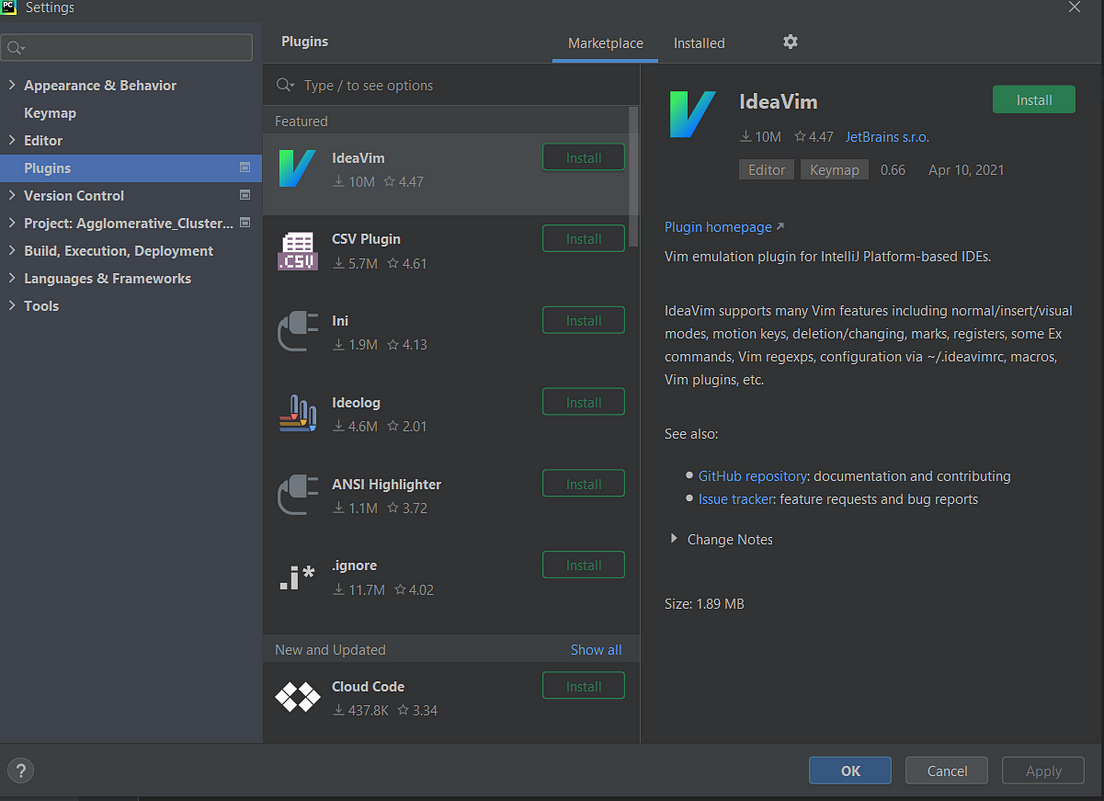
Sharing with a team member and updating a notebook that is constantly changing can be a tedious process. Deploying to production takes a lot of time: you need to transfer your notebook into scripts and modules, create readable functions, add docstrings, tests and more. Git doesn’t work well with code changes tracking in notebooks. It is hard to debug code on Jupyter notebooks. Should Data Scientists depart from Jupyter into a P圜harmed world? (Image credit: Images/Shutterstock) Why I chose to stop developing with notebooks Data scientists who deploy models using Python scripts. That may save a lot of developing time and bugs. In addition, when using notebooks, we can’t have all the benefits of developing using an IDE like P圜harm. However, when we need to deploy the code with Python scripts, the path to production will be longer, because of the notebooks. There are also tools that can deploy notebooks straight to production. Notebooks are great for the EDA phase, for tutorials and reports. We naturally continued to engineer the features and train our models with notebooks, as our initial code is already found there and it’s a convenient environment for us. It is easy, intuitive and flexible for the exploratory data analysis (EDA) phase as we get the results fast and are able to understand the data on the spot. Like most of the data scientists out there, I started my journey in the data science world processing and visualizing data using Jupyter notebooks. 
How to Easily Transition from Developing with Jupyter-Notebooks to Python Scripts






